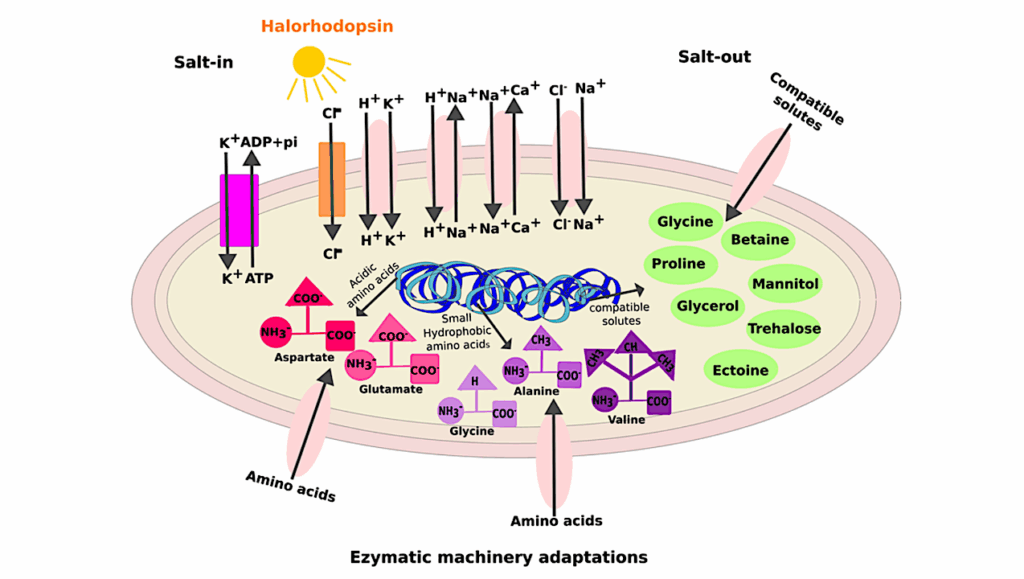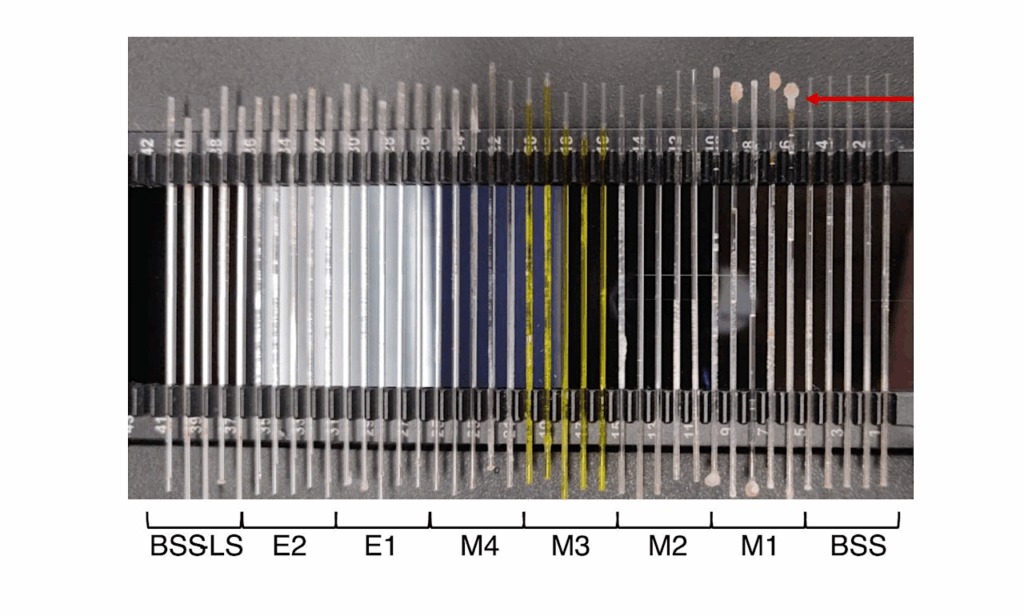On The Emergence Of Metabolism: The Evolution Of Proteins That Powered Life

Life is far from thermodynamic equilibrium. Hence, life must extract energy from the environment.
On Earth, that energy is driven by networks of metabolic reactions in all cells which ultimately move electrons and protons (i.e. hydrogen atoms) across the planet. The origin of metabolism required the emergence and evolution of proteins.
Proteins are nanometre-scale chemical machines—i.e. literal nanomachines which physically move. These nanomachines enable living systems to perform essential biochemical tasks from replication to metabolism; the latter being the engines of life.
In all extant life on Earth, a small set of these nanomachines, called oxidoreductases, couple chemical energy from the environment with core redox reactions including photosynthesis, respiration and nitrogen fixation. The origins and emergence of complex life have been intimately tied with evolution of oxidoreductases.
Here, using structure-based analyses, we describe the evolution of the protein catalysts in three biological epochs. First, thermodynamically driven polymerization reactions generated simple metal-binding peptides with specific sequences that catalysed core metabolic reactions.
Second, these catalysts were incorporated in small structural ‘folds’. In the third epoch, these folds served as building blocks for extant, complex nanomachines.
On the emergence of metabolism: the evolution of proteins that powered life, Philosophical Transactions of the Royal Society B: Biological Sciences via PubMed
On the emergence of metabolism: the evolution of proteins that powered life, Philosophical Transactions of the Royal Society B: Biological Sciences
Astrobiology,








